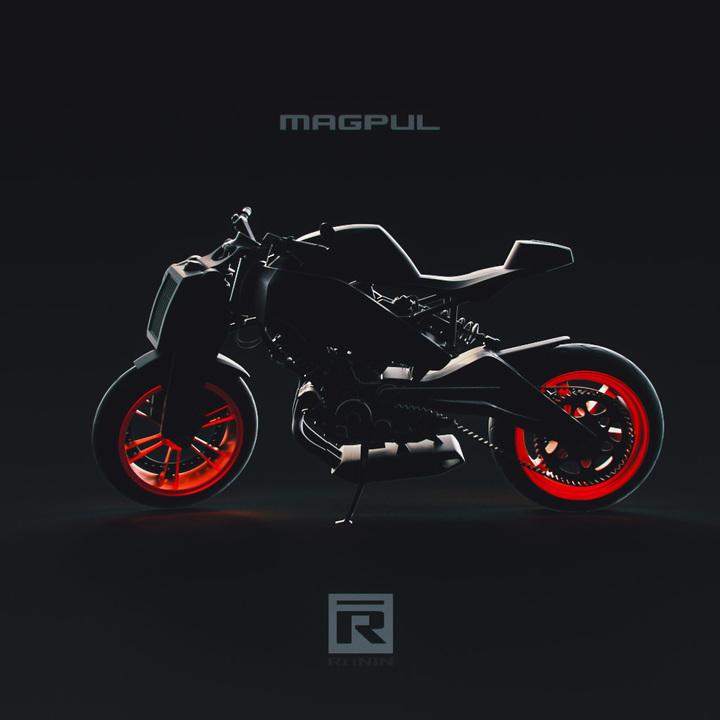How 3D compositing tools could add a new dimension to your designs
New tools are making 3D compositing quicker and easier. Here’s how they could help your design work stand out from the crowd.
Creatives can combine images or interactive animations from different platforms to give astonishing results. And with the right tools, creativity and skill, the possibilities are near-limitless.
While 3D tools can bring tremendous depth to visual experiences, their complexity is a deterrent for many designers. However, tools are emerging – such as Adobe’s Project Felix – that promise to make creating photorealistic images easier, more accessible, and much faster. I like to refer to these tools as 3D compositing tools, because they are blurring the lines between 2D and 3D graphic designs.

So, what’s the big deal about 3D compositing? For one, it allows you to design with 3D assets without spending hours learning complex 3D tools. But it’s much more than that. Let’s take a look at four benefits to embracing 3D elements in your graphic design work...
Non-destructive editing
If you render a 2D image and want to make a change, you need to recreate it entirely. However, with 3D compositing tools, you can work with a 3D model and change the parameter of a design in real time. As you see your work progressing, you can make the change, and then go back and forth in the process, saving a lot of time and opening up plenty of new options.
Photorealism

To add a photorealistic object to an image using 2D tools, you must imagine things like light, surface, and shadow – a difficult process that takes years of training to master. With a 3D compositing tool, you can place an object in a scene and it will do that work for you.
The physics of how light interacts with the object’s surface is automatically computed, so your scene looks realistic. The designer need only define the object, the material it’s made from, and the light source. Additionally, designers can preview live rendering, and actual rendering takes in seconds rather than hours.
Simulate real-world objects
Let’s say a furniture company is selling a chair, and wants to create marketing materials that show different views of the chair in different fabrics and colours. They would traditionally need to manufacture the chair with different fabrics and photograph each one in the setting required – a completely manual process.
Daily design news, reviews, how-tos and more, as picked by the editors.
However, with 3D compositing tools, designers can use the 3D file from the product design team and change any of the parameters to create the images they need. They can expand their product offerings just by adding skins of different materials and colours, and inserting that model into different settings. The light source in the setting will automatically respond to the fabric texture and colour to give realistic highlights and shadows – all without a physical prototype.

What’s more, they can create all these combinations with just a few clicks, as opposed to recreating the assets from scratch every time they want to change even a single parameter.
Extra information
3D images contain more information than 2D ones. With expanded 3D information, 3D compositing tools leverage machine-learning algorithms to calculate what a shadow will look like on a curved surface or estimate the occlusion between different objects. The more information available, the greater the possibilities are for the designer.
Tools to bridge the 2D-3D divide
This evolution of photorealistic compositing – a true merging of 2D and 3D assets – is both empowering and freeing. It lets you push the limits of what was previously possible, and do so much faster and at a lower cost. By leveraging this new technology, you can explore the limits of your creativity, rather than weighing yourself down with unwieldy new steps in your workflow.
While hiking the other day, I came across a spectacular scene – the sun was setting behind a mountain peak. I took a photo of the scene because I loved the lighting. But to use it as a light source in another project, I previously would have had to manually edit 3D lights in a 3D scene, with specialised 3D software – something only designers with 3D expertise have the skills to do.

With the newest 3D-compositing tools, however, any designer can easily auto-generate the 3D lighting of a scene from a single photo. With that saved light source, I can now transfer the unique mood and feeling to my latest design project, and even add additional images that will reflect and shade light in the most realistic way.
As Austin-based video artist Devon Ko recently shared: “3D is the place you can have fun. It’s the best playground you’ve never heard of yet, where you get to explore all the things you’re familiar with – form, repetition, colour – in this whole new realm of visual problem solving.”
The possibilities in 3D compositing are endless, career-changing and again, inspiring – and what’s available now is just the tip of the iceberg.
Related articles:
